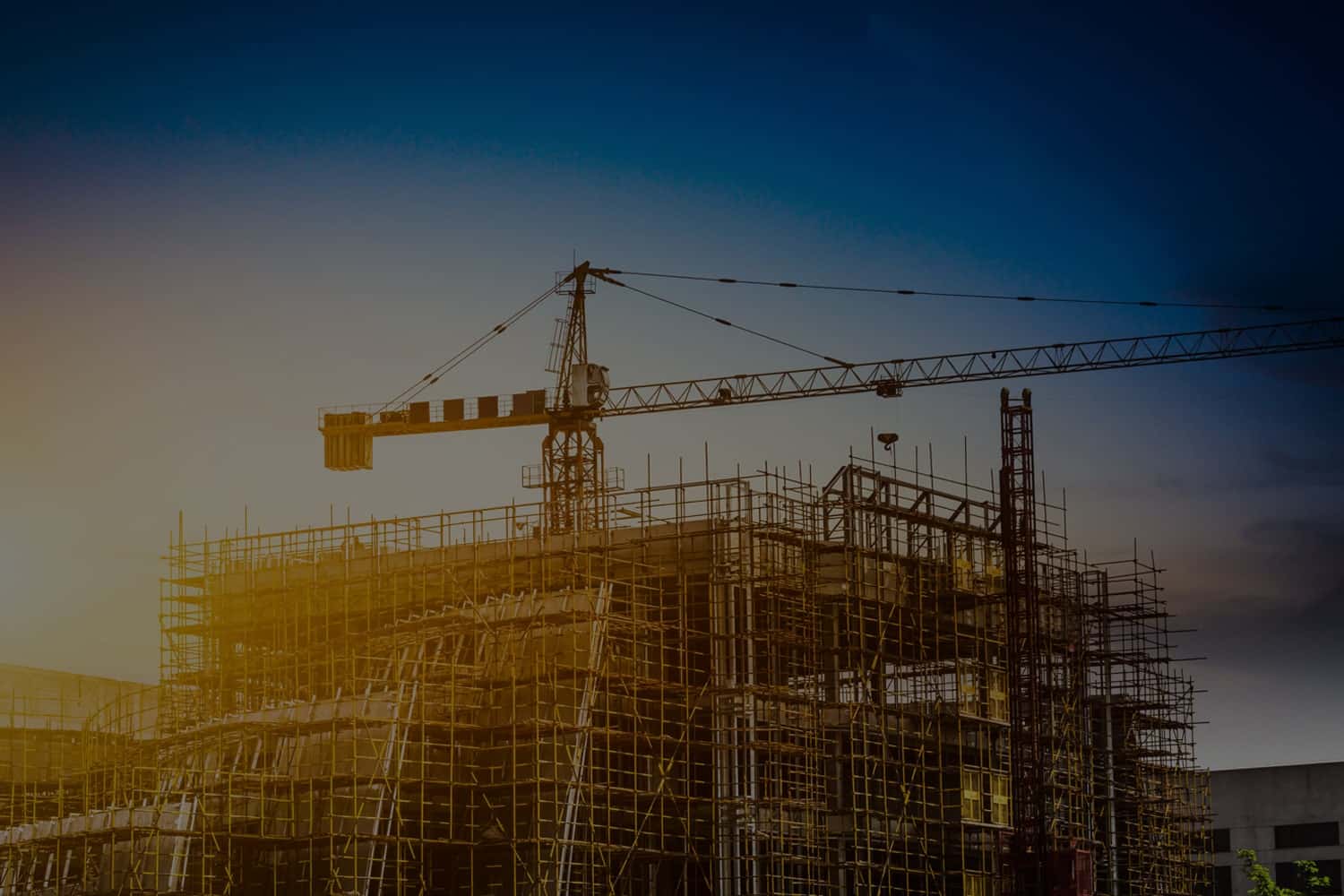- Sy.No.819/Part, Kistapur Road, Medchal, Hyderabad.
- 9440247110
info@techmechcranes.com


For the safe and effective transportation of large loads across a variety of sectors, hoist cranes are indispensable lifting devices. They are available in several varieties; each intended for a particular job or workplace. The most popular kinds of hoist cranes and their industrial uses are listed below.
Wire Rope Hoists: These are strong hoisting systems in which high tensile steel cables are used for hoisting and moving very massive loads; hence they are applied in many fields. These hoists are used in constructions sites, when lifting steel beams and concrete blocks, in factories to transport heavy machineries and raw materials, in shipping industry in cargo handling and lifting operations, and in mining industries to lift minerals and machineries. These make them ideal for most activities that require frequent and heavy usage since they boast of high strength and performance.
Chain Hoists: Chain hoists operate using metal chains for pulling the load which comes in handy and compact type of hoist compared to the wire rope hoists. Based on their compact design, the chairs are most suitable to be used in small compartments where space is limited but movements are frequent. These commonplace hoists are used across a multitude of applications such as in warehouses transporting boxes, pallets, and equipment, the auto repairs varying engine and car parts lift requirement or during maintenance, and such workshops where a tool as well as materials have to be lift in cramped quarters. Due to these reasons of size, efficiency, and versatility in restricted areas usage; chain hoist are commonly used in light to medium duty lifts where space is a constraint.
Electric Hoists: Electric hoists provide efficient, motorised lifting solutions that outperform manual hoists in both speed and ease of operation. In industrial environments where regular or repetitive lifting activities are necessary, these hoists perform exceptionally well. Their powerful operation makes them ideal for production lines where they smoothly transport products along assembly processes, construction sites where they efficiently elevate heavy building materials to upper levels, and scrap yards where they handle bulky metal waste and recyclables with consistent reliability.
Manual Hoists (Lever & Hand Chain Hoists): Manual hoists offer a practical, non-powered lifting solution that operates entirely through human effort, making them both simple to use and highly cost-effective. Their electricity-free design makes them particularly valuable in remote locations or situations where power sources are unavailable or irregular. These reliable devices serve numerous applications, including agricultural operations where they lift feed bags and livestock supplies, emergency repair scenarios when power outages occur, and small-scale manufacturing facilities working with limited budgets for basic material handling needs.
Pneumatic Hoists: These devices are powered by compressed air, providing a safe and efficient lifting solution for hazardous environments where traditional electric hoists pose explosion risks. Their spark-free operation makes them ideal for handling flammable substances in chemical plants, working safely around gas leaks and fumes in oil and gas facilities, and moving sensitive materials in explosive manufacturing settings like ammunition factories. These air-powered systems combine reliable performance with critical safety features, ensuring secure material handling in industries where even the smallest spark could lead to catastrophic consequences.
Hydraulic Hoists: Hydraulic hoists leverage fluid pressure to deliver exceptionally smooth and controlled lifting of heavy loads, making them perfectly suited for demanding industrial applications. These powerful systems excel in precision handling of massive weights, proving indispensable for maintaining heavy machinery where they safely elevate large engines and industrial components. In the aerospace sector, hydraulic hoists provide the careful control needed for positioning delicate aircraft parts during assembly processes. They also play a vital role in steel mills, where their robust construction reliably moves molten metal and massive steel products with stability and precision.
Jib Cranes with Hoists: Jib cranes feature a horizontal boom arm equipped with a hoisting mechanism, providing efficient localised lifting solutions for confined workspaces. Their compact yet versatile design makes them particularly valuable in workshop environments where they facilitate loading and unloading materials from machinery, small port operations that require precise cargo movement, and assembly stations where workers need to accurately position components. The rotating boom design allows for excellent manoeuvrability within a limited radius, making these cranes ideal for operations that demand both precision lifting and space efficiency.
Different hoist cranes serve different purposes, from light-duty lifting in workshops to heavy industrial tasks in construction and manufacturing. The weight of the load, the working conditions, and the level of precision needed all influence which kind is best. In industrial processes, appropriate selection guarantees cost-effectiveness, efficiency, and safety.
Related Links : WHAT IS A JIB CRANE? OVERVIEW, TYPES, AND USES
TechMech Cranes have a strong tradition of being designed and built to provide reliable material handling solutions for our valued domestic and international customers.